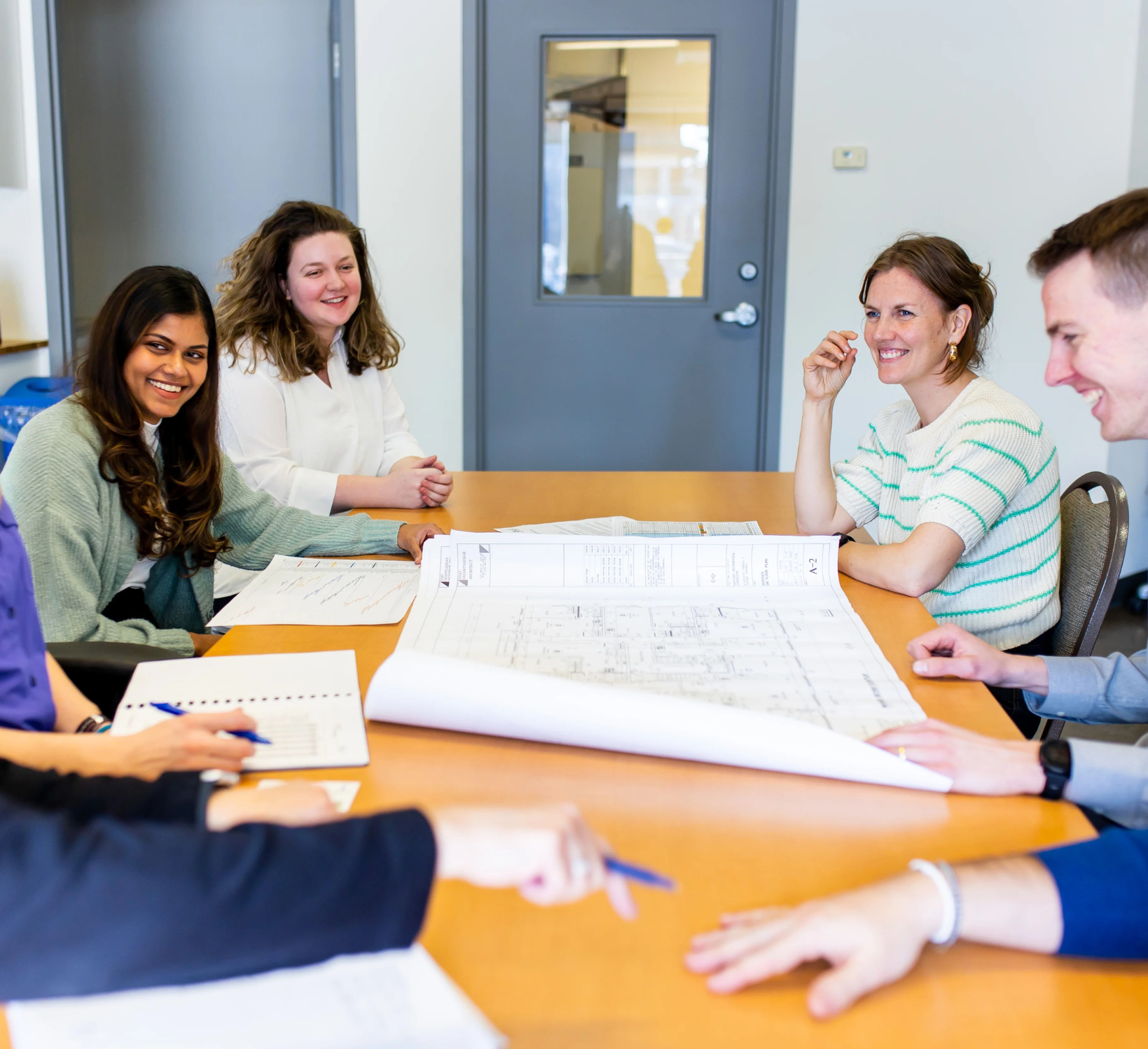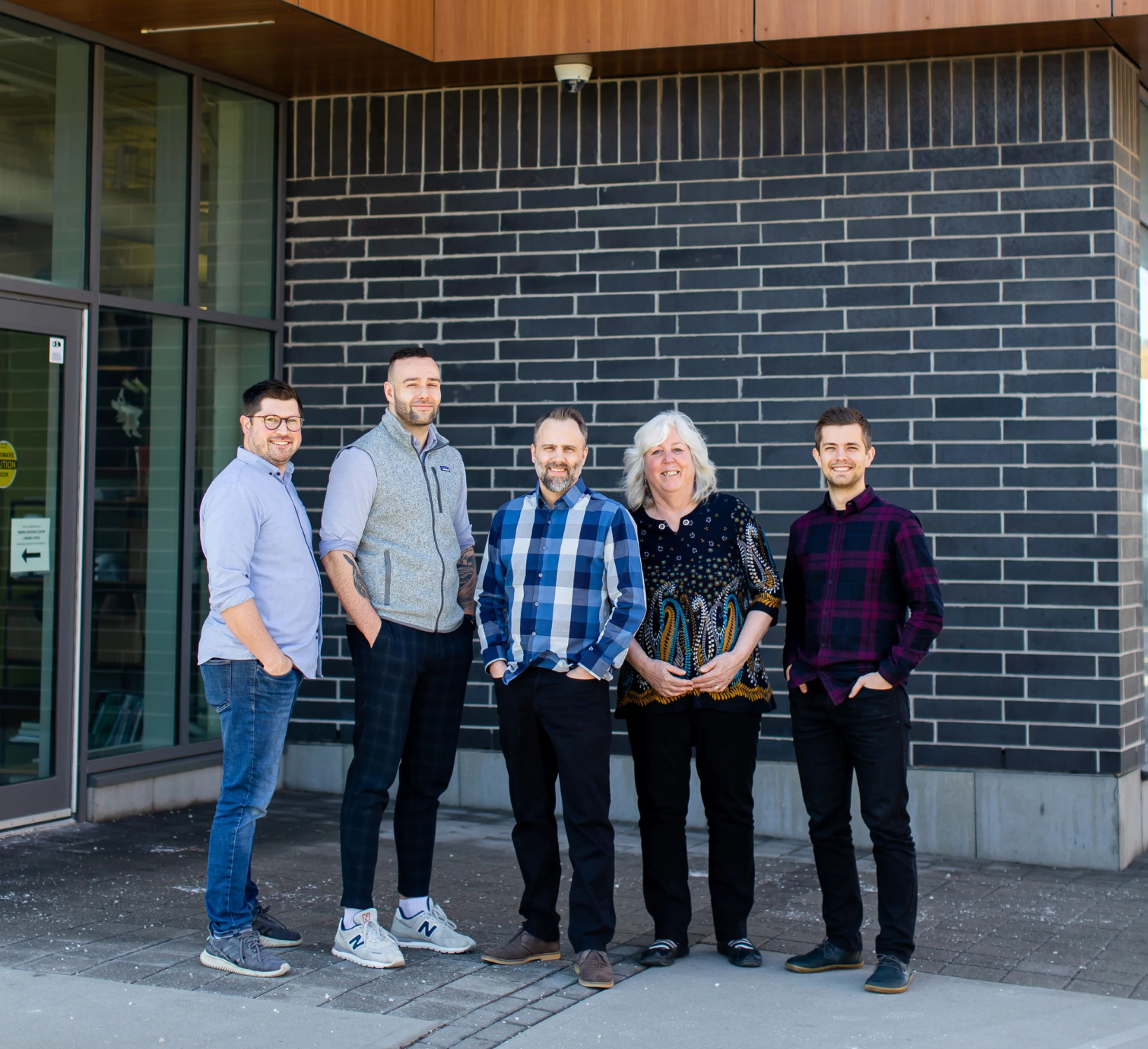
“It really is heartbreaking when we see the number of people living in precarious housing,” says Judy Eising, director of community and donor engagement at Indwell, a Christian charity providing affordable and supportive housing across Ontario.
The housing crisis is hitting all of Canada hard, but Ontario’s challenges are acute. In fact, while the Canada Mortgage and Housing Corporation (CMHC) estimates the country needs 3.5 million more homes by 2030 to restore affordability, 60 percent of those homes need to be in Ontario and B.C.
For Indwell, the housing crisis is far from news. This year, 2024, marks 50 years Indwell has been in the business of helping people access safe, affordable housing. Indwell houses close to 1,200 tenants across the province.
Now, Indwell is working on a new project to help them to support their mission: a community bond raise, through which they will create a fund to help finance pre-development costs of new affordable housing in Hamilton, Ontario.
Indwell has launched a community bond campaign, aiming to raise $5 million in community bonds from their supporters across the country. (New to the world of community bonds? Learn more here.)
But Indwell is also no stranger to impact investment. The organization runs an impact loan program, where supporters can invest in Indwell’s work and earn interest or donate it back to Indwell and receive a charitable donation receipt. To date, Indwell has raised over $26 million in impact loans.

As a charity, this is an innovative route to take. Most charities rely solely on grants from philanthropic foundations and governments. But many, like Indwell, are noting that the grant cycle is no longer sustainable for them long-term, at least as their only source of funding. For Indwell, there was a need to take control over their finances, and have a way to raise capital quickly when the opportunity to build or acquire new housing arose.
“One of our constraints was that we would get approval for government grants, but often that’s a lengthy process and it doesn’t come through at the beginning of a project, so we still had to put up that initial amount of funding. We’ve had projects where it’s opened and the building is full before we receive the grant funding,” says Judy. “It makes managing cash flow challenging if you don’t figure out an alternative.” For Indwell, that alternative was to raise investment to cover the initial costs of a project while waiting for grant money to come through.
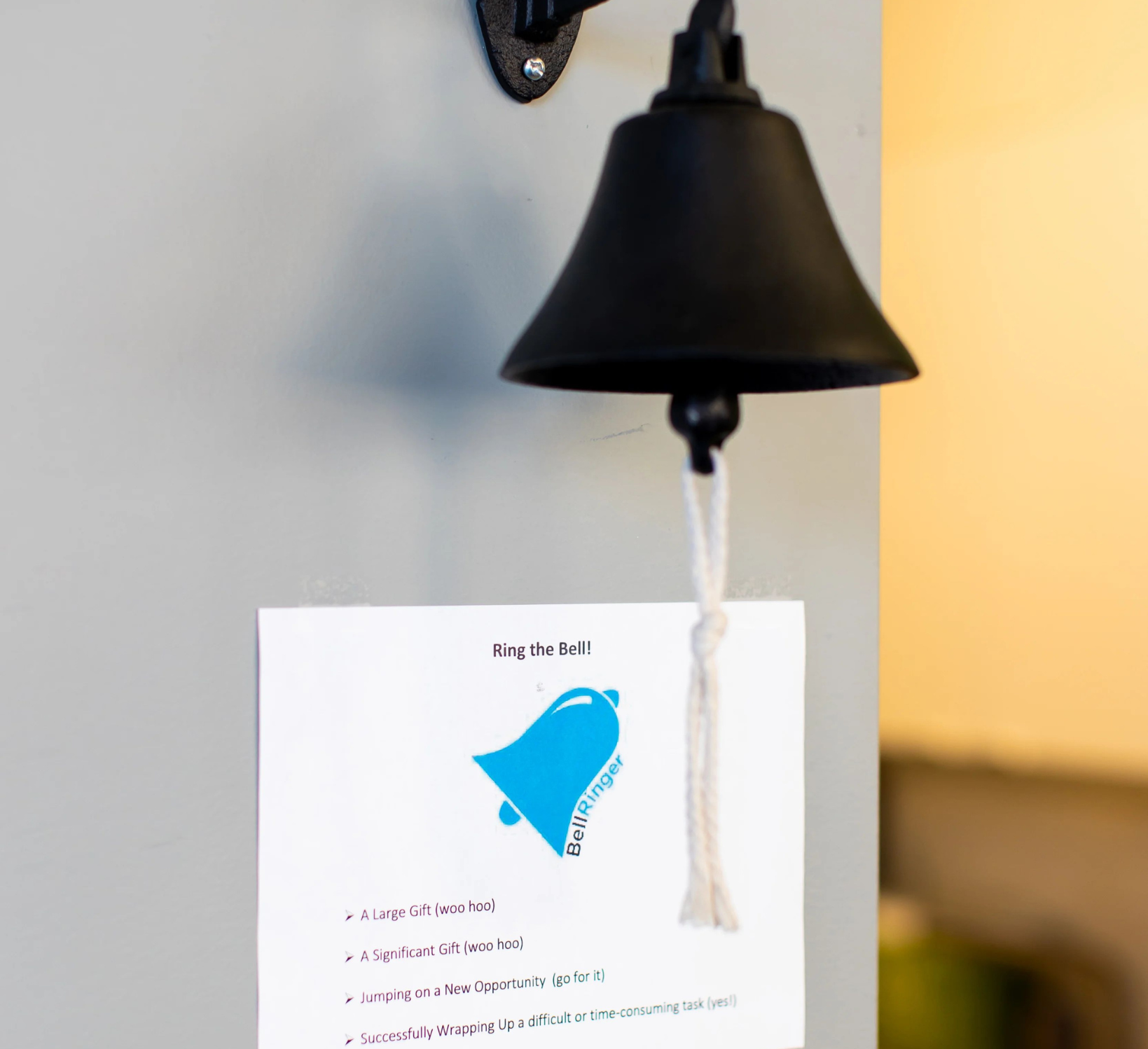
As the impact loan program grows, Indwell is looking for more efficient ways to manage it. Indwell currently offers five different levels of investment, plus some other options for customized investment terms. Judy also says some investors use the program almost like a bank, putting money in and taking it back out frequently. “You can’t manage that very easily,” says Judy.
To cut down on the administrative burden, Indwell has raised the investment minimum a few times, to its current minimum of $50,000. Judy says this could be prohibitively high for some. “It’s really cutting out a large number of people,” she says. “There’s got to be a better way to look at the administration of this program.” So, the team decided to explore community bonds, both as a new avenue for raising investment and a way to explore a new management method for their current impact loans program.
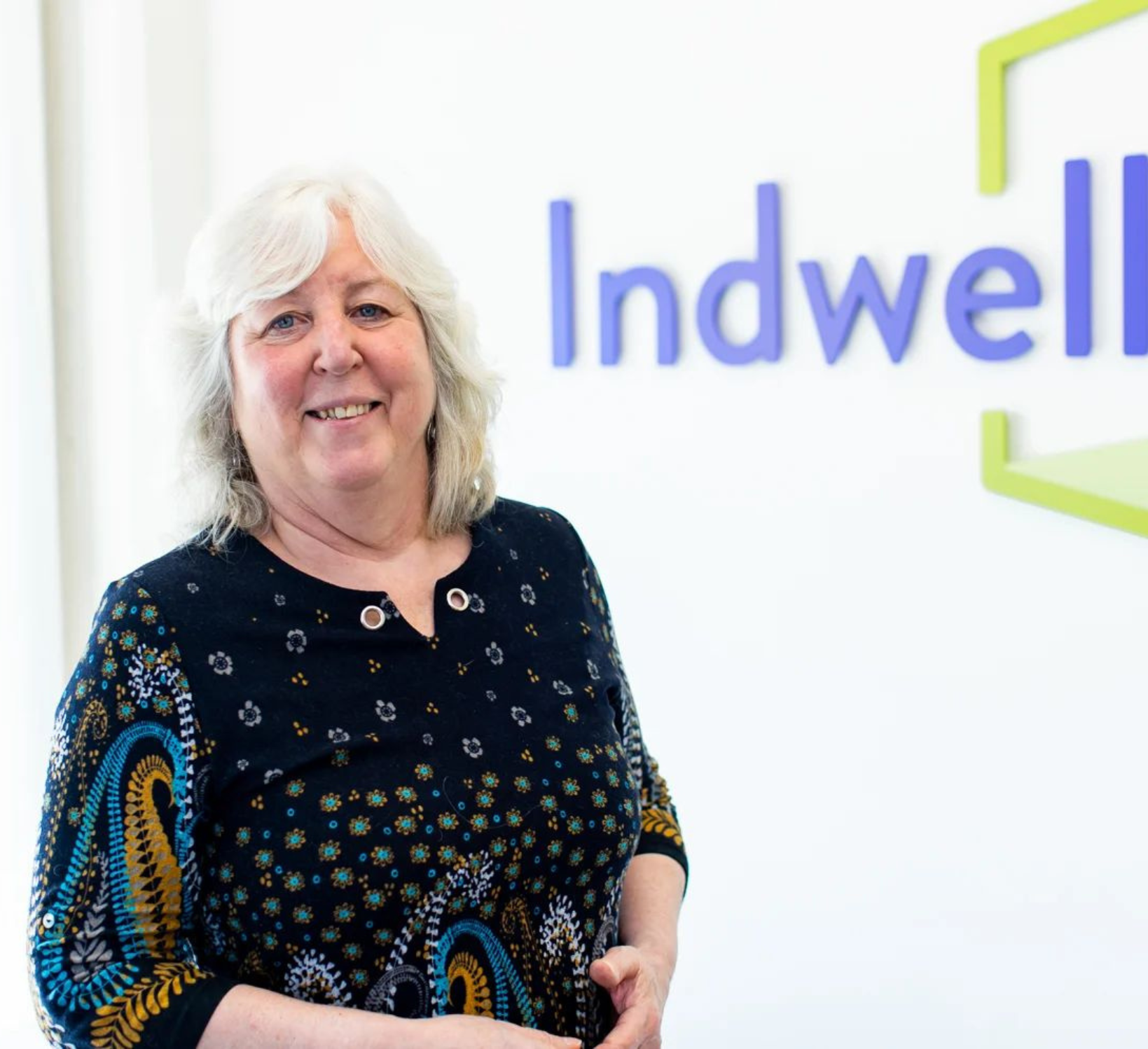

Step 1: Learn
Judy and the Indwell team want investments to be accessible to all potential supporters. Working with Tapestry, Indwell has determined five different community bonds that are both manageable for Indwell and accessible for everyday retail and institutional investors. One investment level is eligible to be held in RRSP and TFSA accounts, which is important to many retail investors.
“This is a different way for people to be part of our community of care,” says Judy. “We know that there are younger people who have savings and are looking for a meaningful way to use their savings. They may not be at the place where they can give a really significant donation, but [through community bonds] they’ll have a way they can support what we do.”
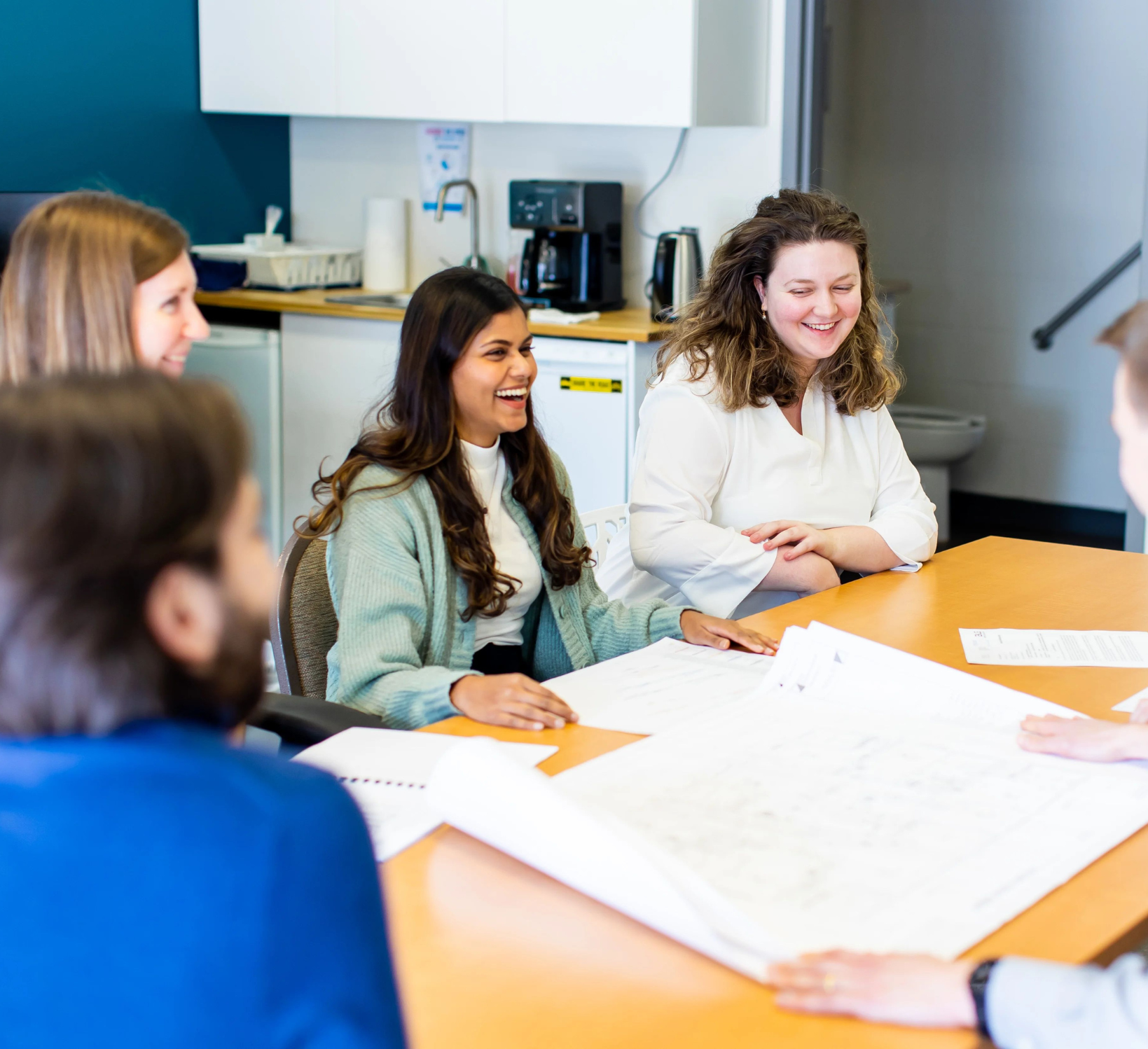
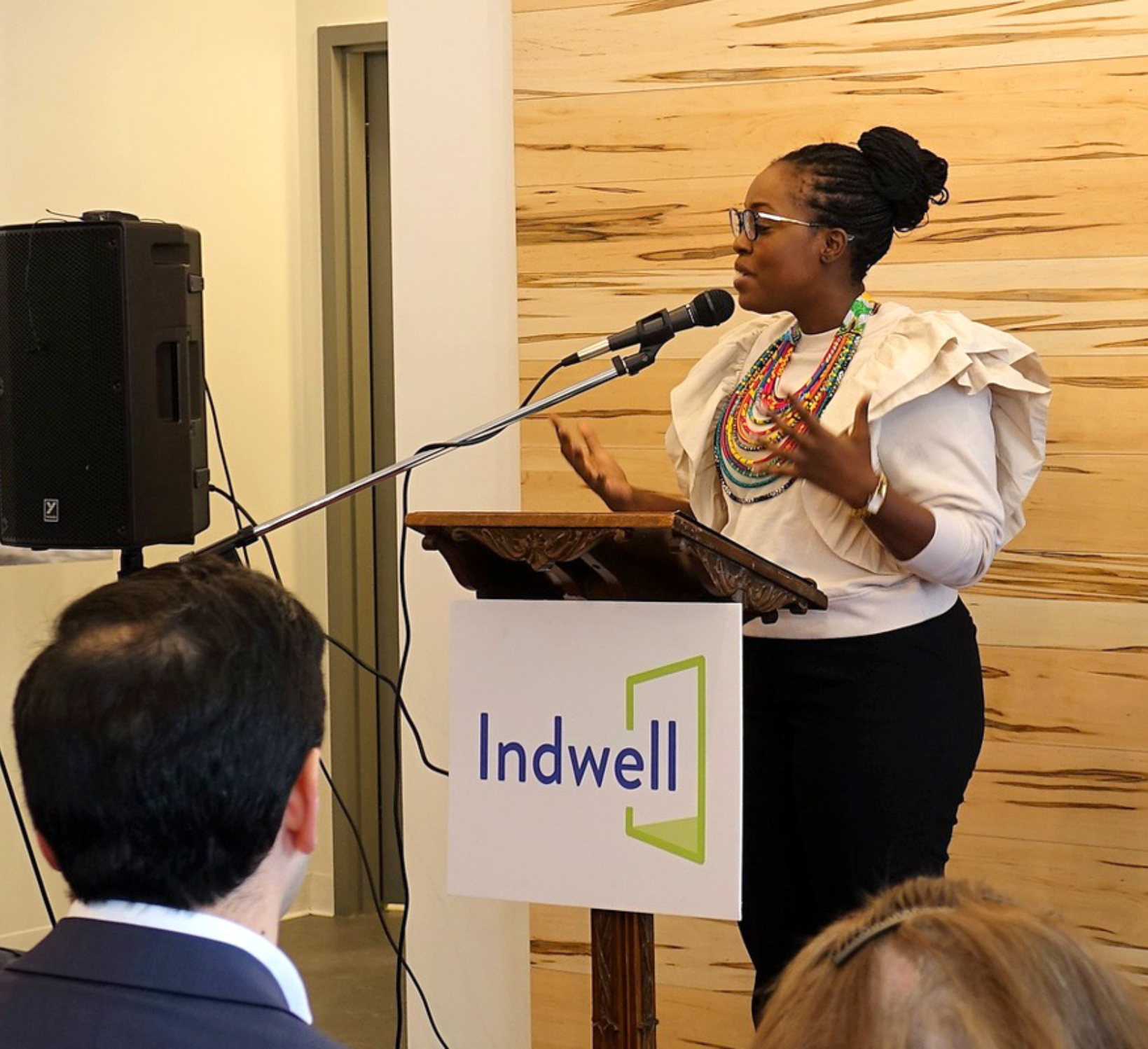
Besides, community bonds aren’t just about raising money. They’re also about reaching new potential supporters and bringing them into the movement for affordable housing in their community. Indwell also focuses on supportive housing, meaning they provide on-site supports for people experiencing addiction, food insecurity, mental illness, and more challenges.
Adding more accessible levels of investment will help Indwell bring in a wider community of supporters, and a growing community of people who care about their neighbours’ quality of housing.

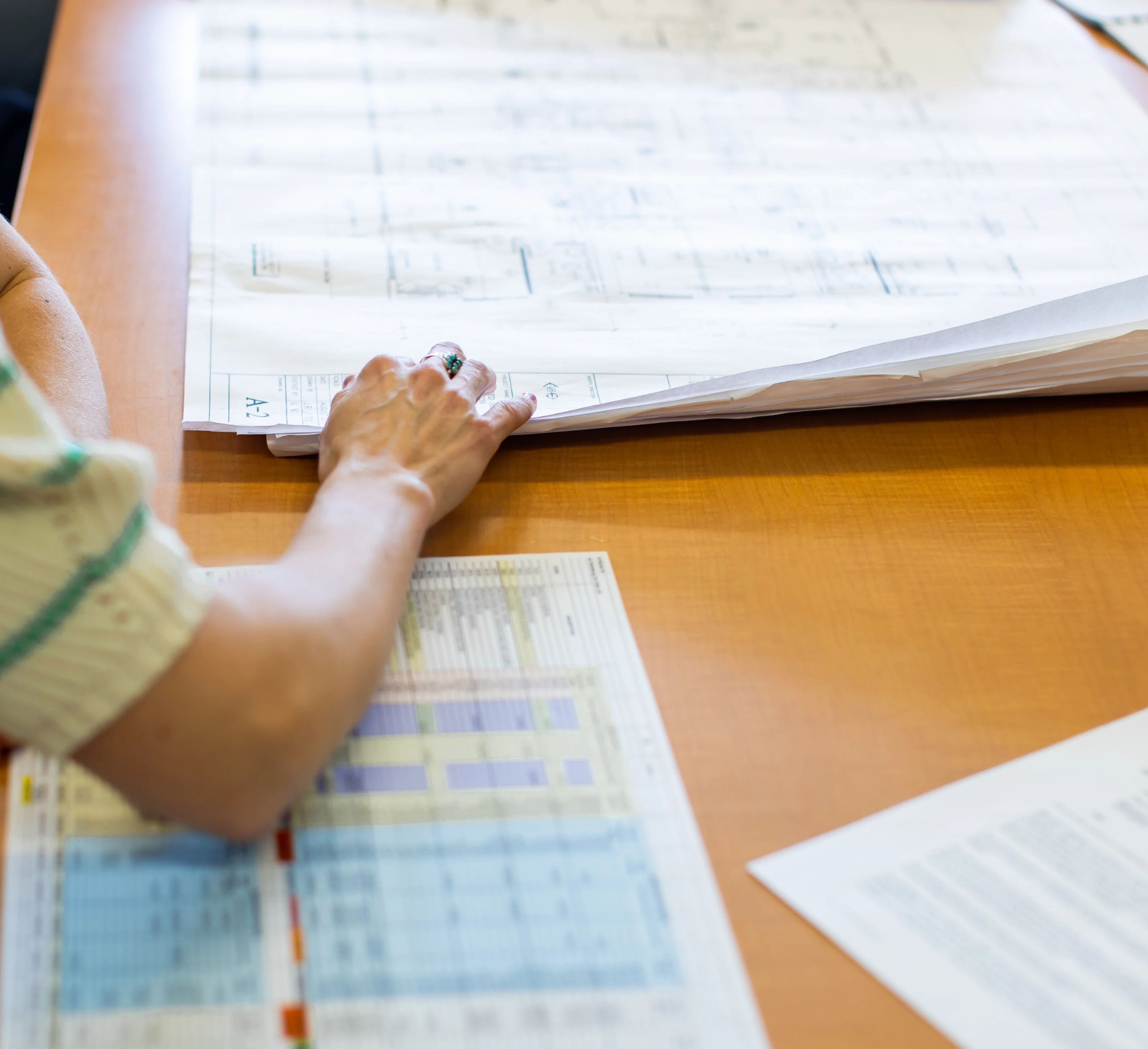
Step 2: Prepare
After an organization decides to move forward with community bonds, they work with Tapestry to consult with their community and stakeholders to craft their bond offerings. Judy says this process helped the Indwell team confirm that what they were thinking of offering fit what potential investors were ready to contribute.
It also helps that Indwell has three Hamilton-based projects “ready to break ground,” Judy says, should the organization meet its goal. One will be Indwell’s first building meant to house families, particularly women-led households. The second will be new supportive housing in what once was Hamilton’s Wentworth Baptist Church. And the third will be meant specifically for Indigenous tenants, given Indigenous people make up a quarter of Hamilton’s homeless population.
The offering
The Indwell team ultimately decided on five bond offerings, all with interest paid annually and the principal investment repaid at maturity:
- Series A is a minimum $1,000 investment over three years
- Series B is a minimum $5,000 investment over three years
- Series C is a minimum $10,000 investment over three years, which is eligible to be held in registered accounts like RRSPs and TFSAs
- Series D is a minimum $25,000 investment over three years
- Series E is a minimum $50,000 investment over five years
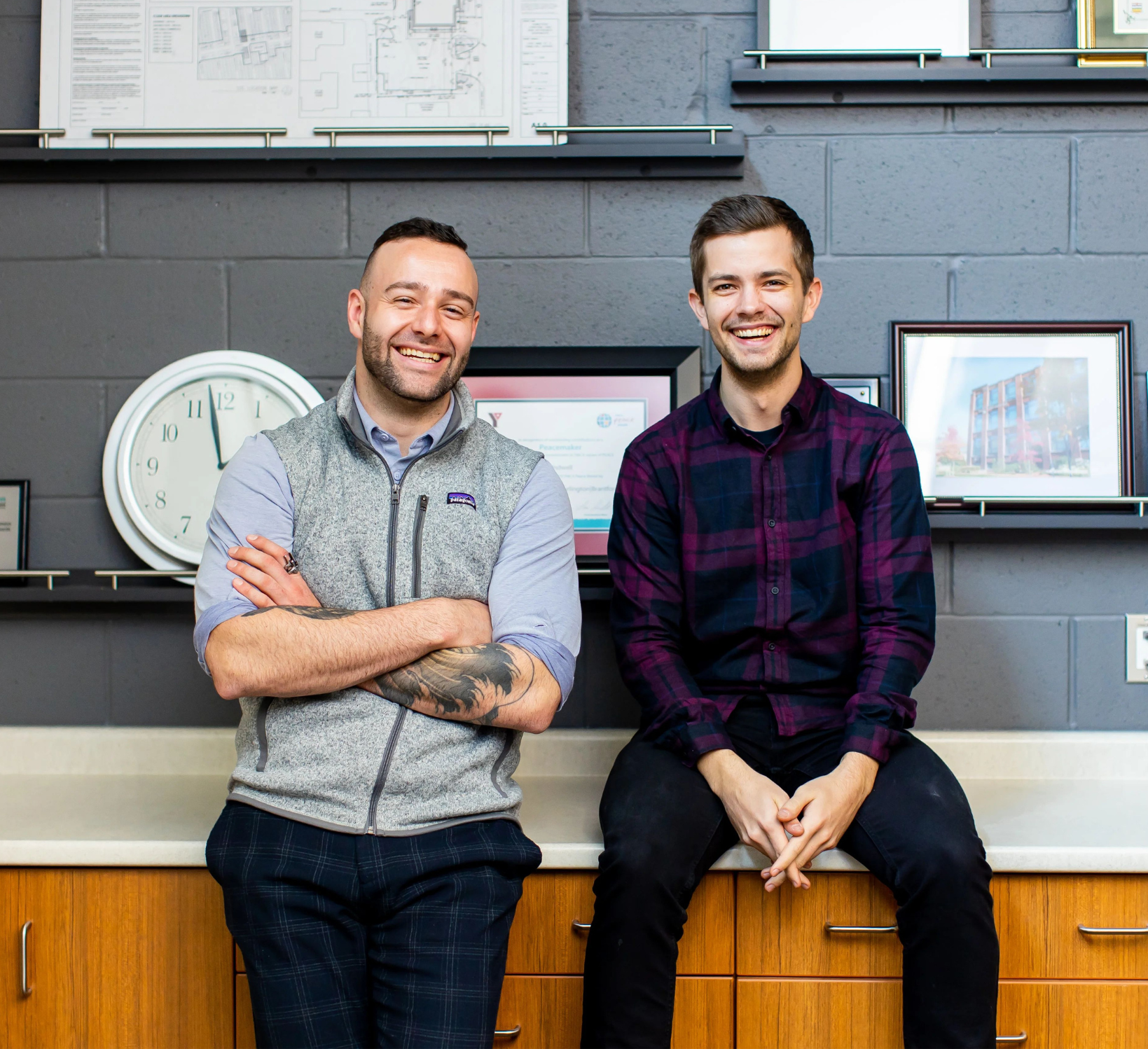

Step 3: Raise
Over the next year (or less, if they hit their goal sooner!) the Indwell team will actively raise community bonds. That means they’ll be out in their community, doing press interviews, raising awareness about the campaign and answering questions about their work and what it means to invest in a community bond.
Stay tuned for more as the year goes on!
